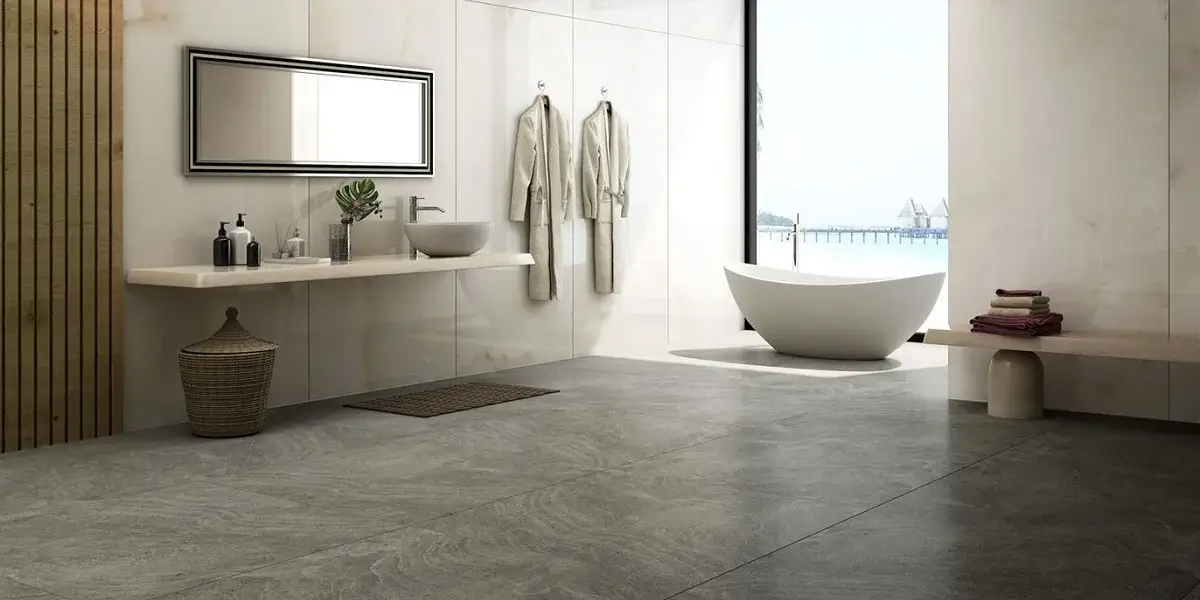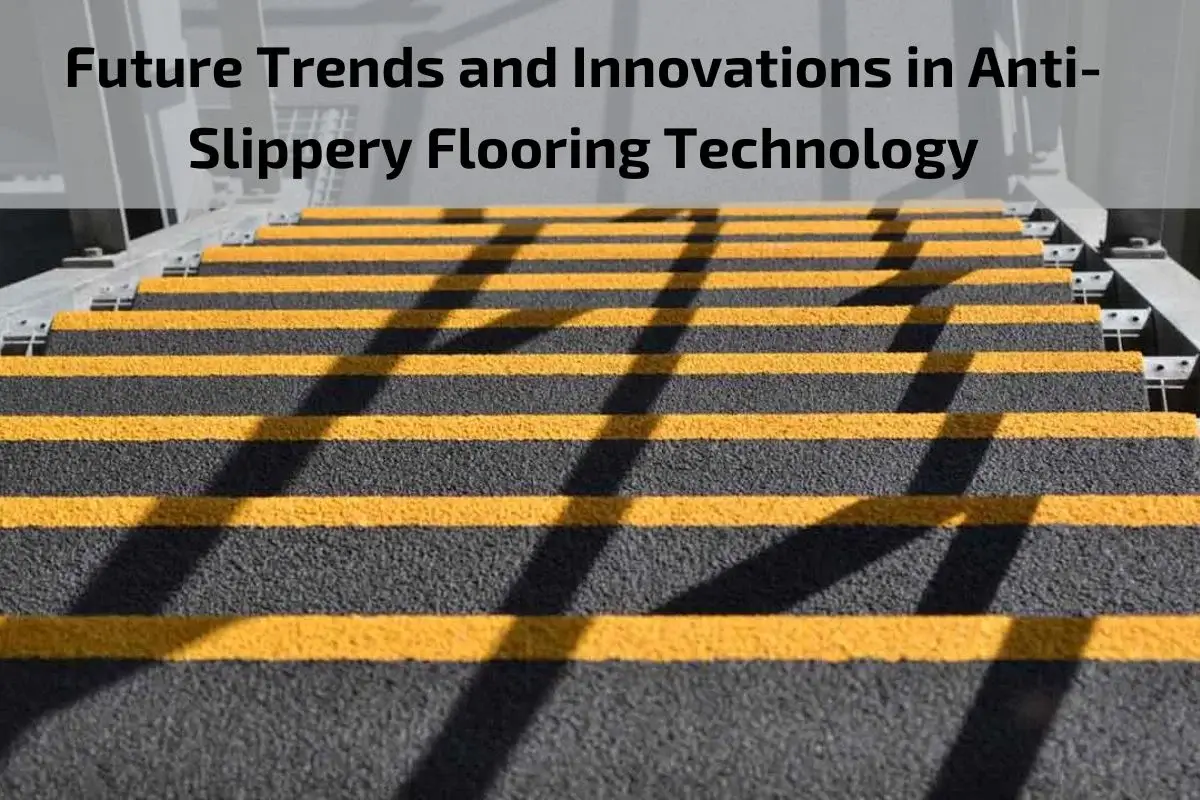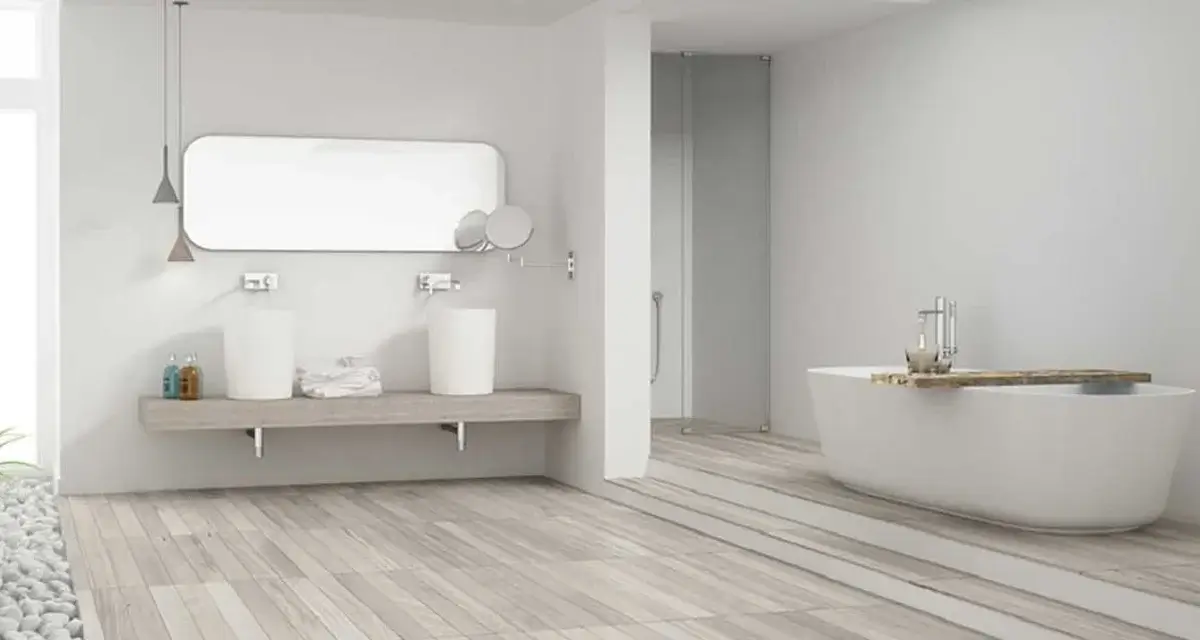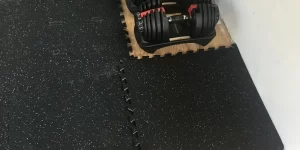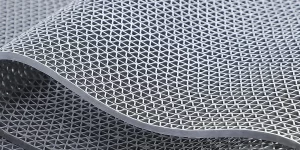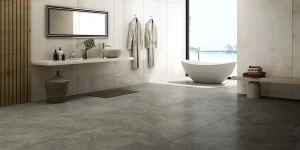As safety standards and regulations evolve, so does the technology behind anti-slippery flooring. In recent years, there has been a significant focus on enhancing traction and reducing slip and fall accidents in various environments, from residential and commercial spaces to industrial settings.
In this article, we delve into the future trends and innovations shaping the landscape of anti-slippery flooring technology. With advancements in materials science, engineering, and design, manufacturers and researchers are developing cutting-edge solutions to address the challenges of slip hazards and improve safety in diverse applications.
From innovative surface textures to specialized coatings and treatments, the future of anti-slippery flooring holds promise for safer, more resilient environments. By staying abreast of emerging trends and technologies, architects, designers, facility managers, and homeowners can make informed decisions to enhance safety and minimize risk in their spaces.
Join us as we explore the latest developments and future directions in anti-slippery flooring technology, and discover how these innovations are poised to revolutionize safety standards and improve quality of life for people around the world.
Importance of Safety in Anti-Slippery Flooring
Safety is paramount when it comes to flooring choices, especially in environments where slip and fall accidents pose significant risks. The importance of safety in anti-slippery flooring cannot be overstated, as it directly impacts the well-being and security of individuals within residential, commercial, industrial, and public spaces.
- Prevention of Slip and Fall Accidents: Slippery surfaces can lead to accidents, injuries, and even fatalities, particularly in areas prone to moisture or spills. Anti-slippery flooring plays a crucial role in preventing slip and fall accidents by providing enhanced traction and grip underfoot, even in wet or slippery conditions.
- Protection for Vulnerable Individuals: Elderly individuals, children, and people with mobility issues are particularly vulnerable to slip and fall accidents. Anti-slippery flooring helps protect these individuals by reducing the likelihood of accidents and providing a secure foothold, thus promoting safety and accessibility for all occupants.
- Mitigation of Liability Risks: Property owners, managers, and business operators have a duty of care to provide a safe environment for occupants and visitors. Failure to address slip hazards and implement appropriate safety measures, including anti-slippery flooring, can result in costly lawsuits, legal liabilities, and reputational damage.
- Compliance with Safety Standards and Regulations: Many industries and jurisdictions have specific safety standards and regulations governing flooring materials and slip resistance requirements. Anti-slippery flooring helps ensure compliance with these standards and regulations, minimizing the risk of non-compliance penalties and legal consequences.
- Enhanced Peace of Mind: Installing anti-slippery flooring instills confidence and peace of mind among occupants and visitors, knowing that measures have been taken to mitigate slip hazards and promote safety. A safe and secure environment fosters a sense of well-being, trust, and satisfaction among users.
- Long-Term Cost Savings: While the initial investment in anti-slippery flooring may seem higher compared to traditional flooring options, the long-term cost savings can be significant. By preventing accidents and reducing the likelihood of injuries, anti-slippery flooring helps avoid medical expenses, insurance claims, and property damage costs associated with slip and fall incidents.
- Promotion of Occupational Health and Safety: In commercial and industrial settings, anti-slippery flooring is an essential component of occupational health and safety programs. By prioritizing safety and implementing effective safety measures, employers demonstrate their commitment to protecting the health and well-being of their employees, contractors, and visitors
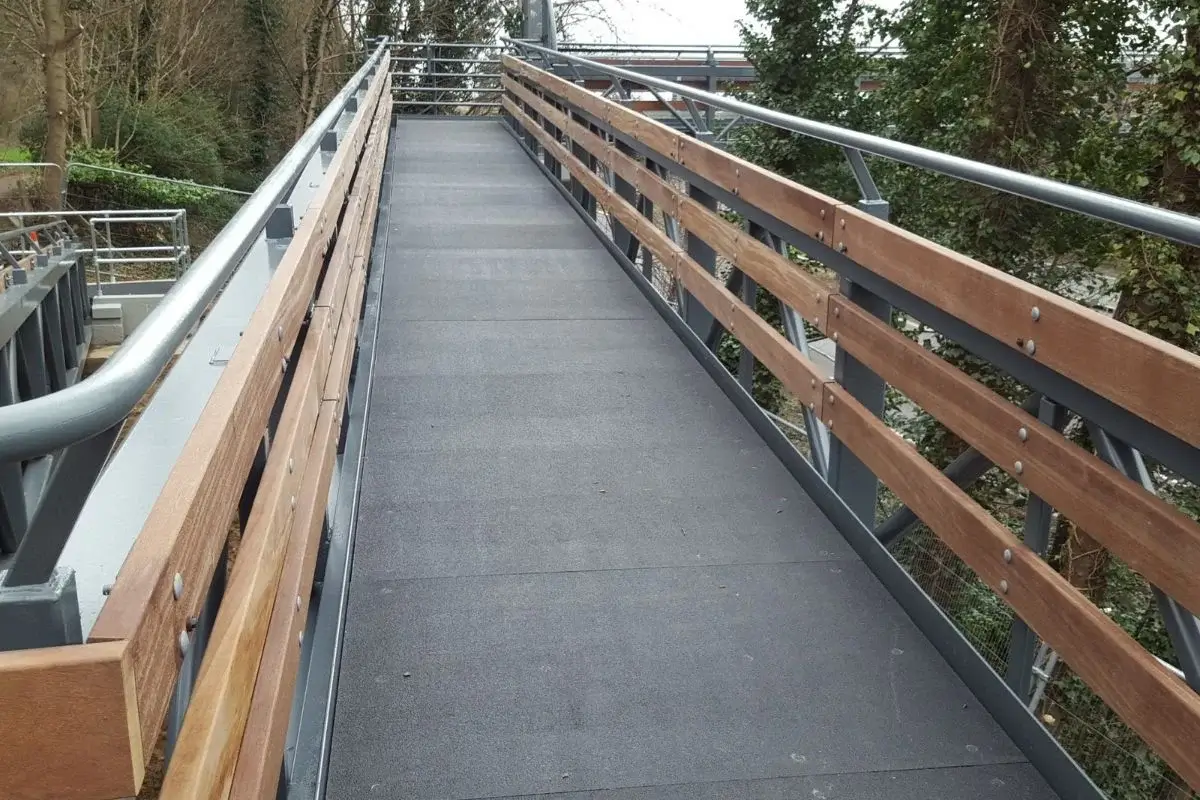
Exploring the Benefits of Anti-Slippery Flooring
Anti-slippery flooring offers a range of advantages that contribute to safety, durability, and overall peace of mind in various environments. By providing enhanced traction and grip underfoot, anti-slippery flooring helps mitigate slip hazards and promote a secure environment for occupants. Let’s explore the benefits of anti-slippery flooring in more detail:
- Enhanced Safety: The primary benefit of anti-slippery flooring is its ability to reduce the risk of slip and fall accidents. By incorporating features such as textured surfaces, grooves, and raised patterns, anti-slippery flooring provides a secure foothold, even in wet or slippery conditions. This enhanced safety feature is especially crucial in areas prone to moisture, spills, or heavy foot traffic.
- Durability and Longevity: Anti-slippery flooring is designed to withstand the rigors of daily use and maintain its slip-resistant properties over time. Many anti-slippery flooring materials are made from durable materials such as rubber, vinyl, or epoxy, which are resistant to wear, abrasion, and chemical exposure. This durability ensures that the flooring retains its safety and performance characteristics for years to come.
- Versatility in Application: Anti-slippery flooring is suitable for a wide range of environments, including residential, commercial, industrial, and public spaces. It can be installed indoors or outdoors, in areas such as kitchens, bathrooms, entryways, pool decks, walkways, and staircases. The versatility of anti-slippery flooring makes it a practical choice for various applications where safety is a priority.
- Compliance with Safety Standards: Many industries and jurisdictions have specific safety standards and regulations governing slip resistance requirements for flooring materials. Anti-slippery flooring helps ensure compliance with these standards and regulations, providing peace of mind for property owners, managers, and business operators. By meeting or exceeding safety standards, anti-slippery flooring helps minimize liability risks and legal consequences.
- Ease of Maintenance: Anti-slippery flooring is designed for easy cleaning and maintenance, making it a practical choice for busy environments. Most anti-slippery flooring materials can be cleaned with mild detergents and water, requiring minimal effort to remove dirt, debris, and stains. This ease of maintenance contributes to the longevity and performance of the flooring, reducing the need for costly repairs or replacements.
- Aesthetic Appeal: Despite its focus on safety and functionality, anti-slippery flooring does not compromise on aesthetics. It is available in a variety of colors, patterns, and textures to complement any design scheme or architectural style. Whether you prefer a sleek and modern look or a more traditional aesthetic, there is an anti-slippery flooring option to suit your preferences.
- Improved Comfort and Accessibility: Anti-slippery flooring provides a comfortable and accessible surface for occupants of all ages and abilities. The textured surfaces and cushioning properties of anti-slippery flooring materials offer support and stability, reducing fatigue and discomfort during prolonged standing or walking. This improved comfort enhances the overall user experience and promotes inclusivity in diverse environments.
Different Types of Anti-Slippery Flooring Materials
Anti-slippery flooring materials come in a variety of options, each offering unique features and benefits to enhance safety and durability in different environments. Understanding the characteristics of these materials can help property owners, managers, and designers make informed decisions when selecting anti-slippery flooring for their spaces. Let’s explore some of the most common types of anti-slippery flooring materials:
- Rubber Flooring: Rubber flooring is a popular choice for anti-slippery applications due to its excellent traction and durability. It offers a soft and cushioned surface that provides comfort underfoot, making it ideal for areas where prolonged standing or walking is common. Rubber flooring is resistant to water, oils, and chemicals, making it suitable for wet or high-traffic areas such as kitchens, bathrooms, and gym floors.
- Textured Vinyl Flooring: Textured vinyl flooring features raised patterns or embossed surfaces that enhance traction and grip, reducing the risk of slips and falls. It is available in a wide range of colors, patterns, and styles to complement any design aesthetic. Textured vinyl flooring is easy to clean and maintain, making it suitable for both residential and commercial applications.
- Epoxy Coatings and Sealants: Epoxy coatings and sealants provide a seamless and durable surface that enhances slip resistance and protects underlying substrates. These coatings are commonly used in industrial and commercial settings, such as warehouses, factories, and automotive facilities, where heavy machinery and foot traffic pose slip hazards. Epoxy coatings can be customized with anti-slip additives to improve traction and safety.
- Non-Slip Tiles: Non-slip tiles are specifically designed with textured surfaces or abrasive additives to prevent slips and falls, even in wet conditions. These tiles are commonly used in bathrooms, showers, swimming pools, and outdoor patios, where moisture and water present slip hazards. Non-slip tiles are available in various materials, including ceramic, porcelain, and natural stone, offering versatility and aesthetic appeal.
- Specialty Anti-Slip Mats: Specialty anti-slip mats provide a temporary or portable solution for enhancing safety in specific areas. These mats feature textured surfaces, drainage channels, and anti-fatigue properties that improve traction and comfort. Specialty anti-slip mats are commonly used in kitchens, bars, food processing facilities, and industrial workstations, where slip hazards are prevalent.
- Grated and Perforated Flooring: Grated and perforated flooring systems feature open-grid designs that allow liquids and debris to drain away quickly, reducing the risk of slips and falls. These flooring systems are commonly used in outdoor settings, such as pool decks, locker rooms, and walkways, where water accumulation poses slip hazards. Grated and perforated flooring provides excellent traction and durability in wet or humid environments.
Maintaining Anti-Slippery Flooring for Long-Term Performance
Maintaining anti-slippery flooring is essential to ensure its longevity, performance, and effectiveness in preventing slip and fall accidents. Proper maintenance practices help preserve the slip-resistant properties of the flooring material and extend its lifespan. Here are some tips for maintaining anti-slippery flooring for long-term performance:
- Establish a Regular Cleaning Routine: Develop a consistent cleaning schedule for your anti-slippery flooring, taking into account the level of foot traffic and usage in the area. Regular cleaning helps remove dirt, debris, and contaminants that can accumulate on the surface and compromise traction.
- Use Recommended Cleaning Products: Use cleaning products that are specifically formulated for the type of anti-slippery flooring material you have installed. Avoid using abrasive cleaners, harsh chemicals, or ammonia-based solutions, as they can damage the surface and reduce slip resistance over time.
- Follow Manufacturer’s Guidelines: Refer to the manufacturer’s guidelines and recommendations for cleaning and maintenance procedures. Follow any specific instructions provided by the manufacturer to ensure proper care and preservation of the flooring material.
- Sweep or Vacuum Regularly: Sweep or vacuum the anti-slippery flooring regularly to remove loose dirt, dust, and debris. Use a soft-bristle broom or a vacuum cleaner with a brush attachment to avoid scratching the surface of the flooring.
- Spot Clean Spills Promptly: Promptly clean up spills, stains, and accidents to prevent them from becoming permanent and compromising the slip-resistant properties of the flooring. Use a damp cloth or mop with mild detergent to spot clean the affected area, then rinse thoroughly with clean water.
- Avoid Standing Water: Standing water can compromise the effectiveness of anti-slippery flooring and create slip hazards. Promptly dry the surface of the flooring after cleaning or spills to prevent water from pooling and causing accidents.
- Inspect for Damage and Wear: Regularly inspect the anti-slippery flooring for signs of damage, wear, or deterioration. Look for scratches, cracks, or uneven areas that may compromise slip resistance and safety. Address any issues promptly to prevent further damage and maintain the integrity of the flooring.
- Reapply Sealants and Coatings: If your anti-slippery flooring is coated or sealed for added protection, consider reapplying sealants or coatings as needed to maintain slip resistance and durability. Follow the manufacturer’s recommendations for reapplication intervals and techniques.
- Use Mats or Rugs in High-Traffic Areas: Place mats or rugs in high-traffic areas or entryways to help protect the anti-slippery flooring from excessive wear and tear. Mats can also help trap dirt and moisture, reducing the risk of slip hazards and prolonging the lifespan of the flooring.
- Consult Professional Cleaning Services: For deep cleaning and maintenance tasks, consider hiring professional cleaning services specializing in anti-slippery flooring. Professional cleaners have the expertise, equipment, and techniques to effectively remove embedded dirt, stains, and contaminants, revitalizing the appearance and performance of your flooring.
Conclusion
In conclusion, maintaining anti-slippery flooring for long-term performance is crucial for ensuring the safety and well-being of occupants in various environments. By establishing a regular cleaning routine, using recommended cleaning products, and addressing any issues promptly, property owners and managers can preserve the slip-resistant properties of the flooring material and minimize slip and fall accidents.

